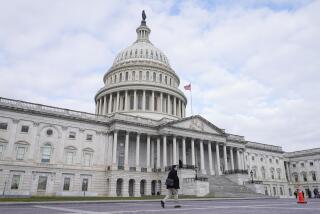Senate Tax Reform Bill
The Senate Finance Committee’s tax bill provides for 15% and 27% tax brackets. The 27% bracket would apply to a joint return if a couple’ taxable income exceeds $29,300. This plan and the tax plan approved by the House of Representatives has one glaring inequity that I have not heard discussed.
Taxpayers with a taxable income at the borderline between the two brackets (three brackets with the measure passed by the House) will need an extraordinary raise in salary (or other income) to maintain the spendable income available in the lower bracket.
For example a couple filing a joint return with a taxable income of $28,500 would be taxed at the rate of 15%. Their income tax would be $4,275, thereby leaving them with $24,225 in spendable after-tax dollars.
Now assume the couple receives a 5% salary increase ($1,425 a year), which raises their taxable income to $29,925 and puts the couple in the 27% tax bracket. The couple would now pay $8,079 in taxes, which would leave them $21,849 in after-tax dollars.
Therefore the couple would have been better off to refuse the salary increase. In fact the couple would need an increase of approximately 17% in salary or income (raising their taxable income to $33,345 per year) to have the same amount of spendable after-tax dollars as they had when their taxable income was $28,500.
I am not an accountant, but it seems to me that this inequity will show up whenever you have a significant gap between tax brackets. It seems the only way to cure this inequity is to have several tax brackets as we now have or by having a true flat tax with one bracket for everyone.
ORRIN TURBOW
Canoga Park
More to Read
Get the L.A. Times Politics newsletter
Deeply reported insights into legislation, politics and policy from Sacramento, Washington and beyond. In your inbox three times per week.
You may occasionally receive promotional content from the Los Angeles Times.










